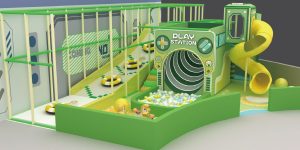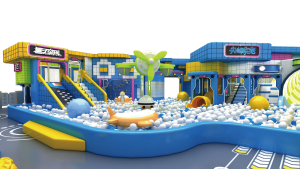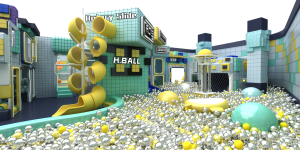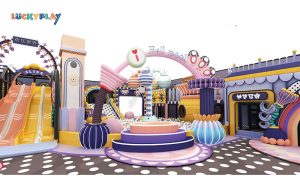How to open an indoor playground
Are you eager to create a fun and safe environment where children can play, learn, and explore? If so, opening an indoor playground might be the perfect venture for you. Even if you lack experience in this industry, this guide will provide you with the necessary steps to launch and operate a successful indoor playground.
Step 1: Research and Develop a Business Plan
Before diving into the indoor playground business, it’s crucial to conduct thorough market research and develop a solid business plan. Here are some key considerations:
- Demographic Analysis: Identify your target audience, including their age range, income level, and family characteristics. This will help you understand your potential customer base.
- Competitor Analysis: Research existing indoor playgrounds and family entertainment centers in your area. Evaluate their offerings, pricing, customer reviews, and strengths and weaknesses to differentiate your business.
- Market Trends: Stay informed about current trends in indoor play and family entertainment to meet consumer demands.
Your business plan should include the following:
- Company Description: Outline your business model, the type of indoor playground you plan to create, and the customer experience you aim to provide.
- Market Analysis: Summarize your market research findings, including your target demographic, competitive landscape, and market trends.
- Marketing and Sales Strategy: Detail your marketing efforts, such as digital marketing, partnerships, and special events, to attract customers.
- Services and Offerings: List the attractions and services your indoor playground will provide, like play structures, party packages, and café offerings.
- Operational Plan: Explain the daily operations of your indoor playground, including staffing requirements and safety protocols.
- Financial Projections: Include revenue, expenses, and cash flow projections for the first few years of operation, as well as funding sources and potential return on investment.
- Risk Assessment: Identify potential risks and challenges and provide strategies to mitigate them.
- Implementation Timeline: Create a timeline outlining the steps from location selection to opening day.
- Sustainability and Growth: Describe your plans for maintaining success, ensuring customer loyalty, and pursuing growth and expansion opportunities.

Step 2: Select the Right Location
Choosing the right location is essential for the success of your indoor playground. Consider the following factors:
- Accessibility and Visibility: Choose a high-traffic area that’s easy for your target audience to access.
- Proximity to Residential Areas and Schools: A location near residential areas or schools can attract more families.
- Parking Facilities: Ensure adequate and easily accessible parking is available for your guests.
- Safety and Zoning Regulations: Make sure the location complies with safety and zoning regulations for indoor play areas.
- Size and Layout: Select a venue that can accommodate your desired attractions and activities, with an efficient layout for traffic flow and visibility.
- Nearby Amenities: Check for nearby restaurants, cafes, and retail outlets that can enhance the guest experience.
- Cost and Lease Terms: Analyze the costs associated with the location and negotiate lease terms that align with your long-term business plan.
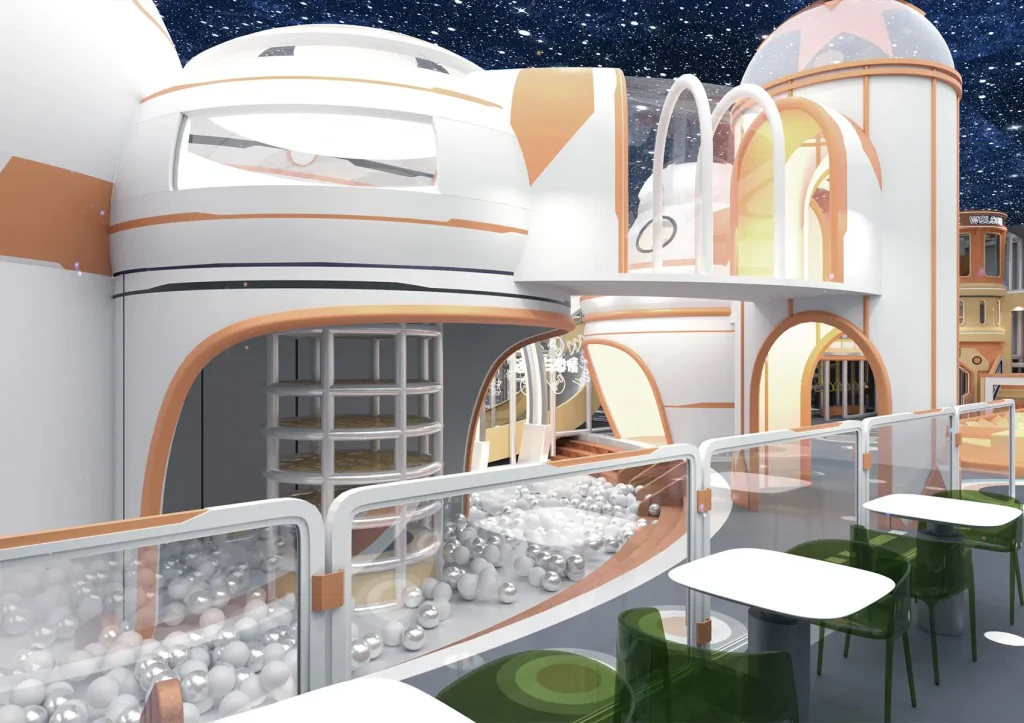
Step 3: Obtain Necessary Permits and Licenses
Opening an indoor playground requires various permits and licenses to ensure compliance with local regulations and safety standards. Some common permits and licenses include:
- Business License: Required to operate a commercial establishment, obtained from the local city or county government.
- Zoning Permit: Verify that your location is properly zoned for an indoor playground or entertainment facility.
- Building Permit: If structural modifications or renovations are needed, a building permit may be required.
- Health and Safety Permits: Ensure compliance with health and safety regulations, including food handling (if a café is included), sanitation, and water quality.
- Fire Safety Permit: Required to ensure compliance with fire codes and safety standards.
- Occupancy Permit: Ensures that your venue meets specific safety and capacity requirements.
The permitting process can be time-consuming, so start early and consider working with a business consultant or attorney familiar with local regulations.
Step 4: Identify Equipment Providers and Suppliers
To outfit your indoor playground, you’ll need to collaborate with various equipment manufacturers and suppliers. Some types of manufacturers and suppliers you may work with include:
- Indoor Playground & Softplay Equipment Manufacturers: Specialize in play structures, climbing frames, slides, ball pits, and other indoor play equipment.
- Furniture and Seating Suppliers: Provide seating for parents, café areas, party rooms, and other spaces.
- Safety Surface Suppliers: Offer materials like rubberized tiles or poured-in-place surfaces for fall protection.
- Party Supplies and Decorations Suppliers: Provide themed party items, balloons, and accessories for special events.
- Cleaning and Sanitization Product Suppliers: Help maintain a safe and hygienic indoor play environment.
- Maintenance and Repair Services: Keep play equipment and facility infrastructure in excellent condition.
When selecting manufacturers and suppliers, consider factors such as product quality, safety standards, pricing, delivery timelines, customer support, and post-sales services.
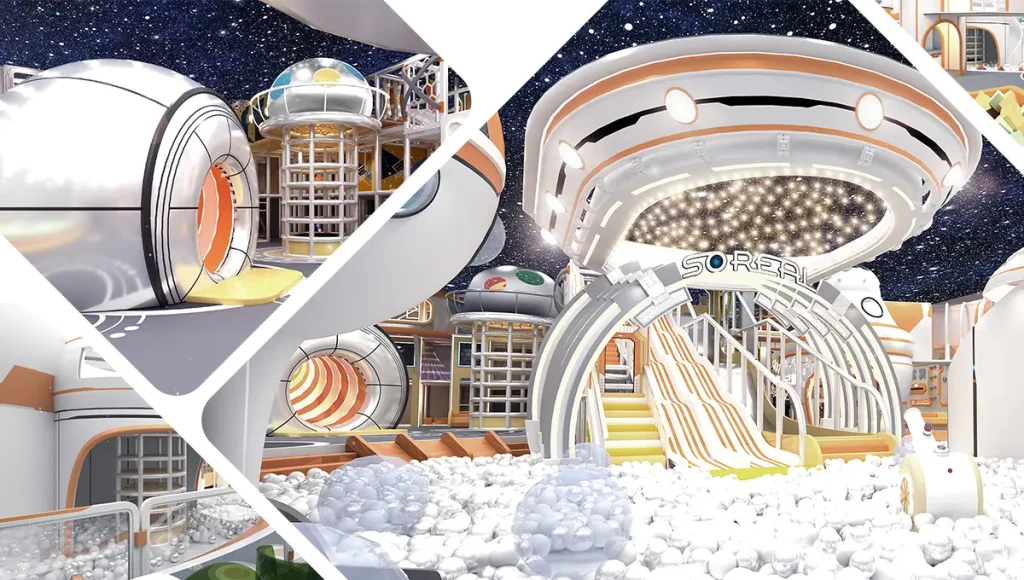
Step 5: Choose a Venue Management Solution
Selecting a venue management solution is crucial for efficient business operations. Consider the following factors when choosing a system:
- Functionality and Features: Ensure the solution includes essential modules like ticketing, admissions, POS, scheduling, reporting, waivers, and CRM.
- User-Friendly Interface: Choose an intuitive interface that’s easy for staff to navigate, reducing the learning curve and minimizing errors.
- Scalability: Select a solution that can accommodate business growth and expansion.
- Integration Capabilities: Check if the solution can integrate with other systems or applications.
- Reporting and Analytics: Ensure the system provides comprehensive reporting and analytics features to track performance metrics.
- Data Security: Prioritize data security and compliance with data protection regulations.
- Payment Processing: Check if the solution offers a built-in payment gateway for convenient customer payments.
An all-in-one system like LUCKYPLAY can streamline your business operations, offering features such as in-store and online ticket sales, powerful POS, reporting and reconciliation, a robust payments processor, guest feedback collection and analysis, and more.



